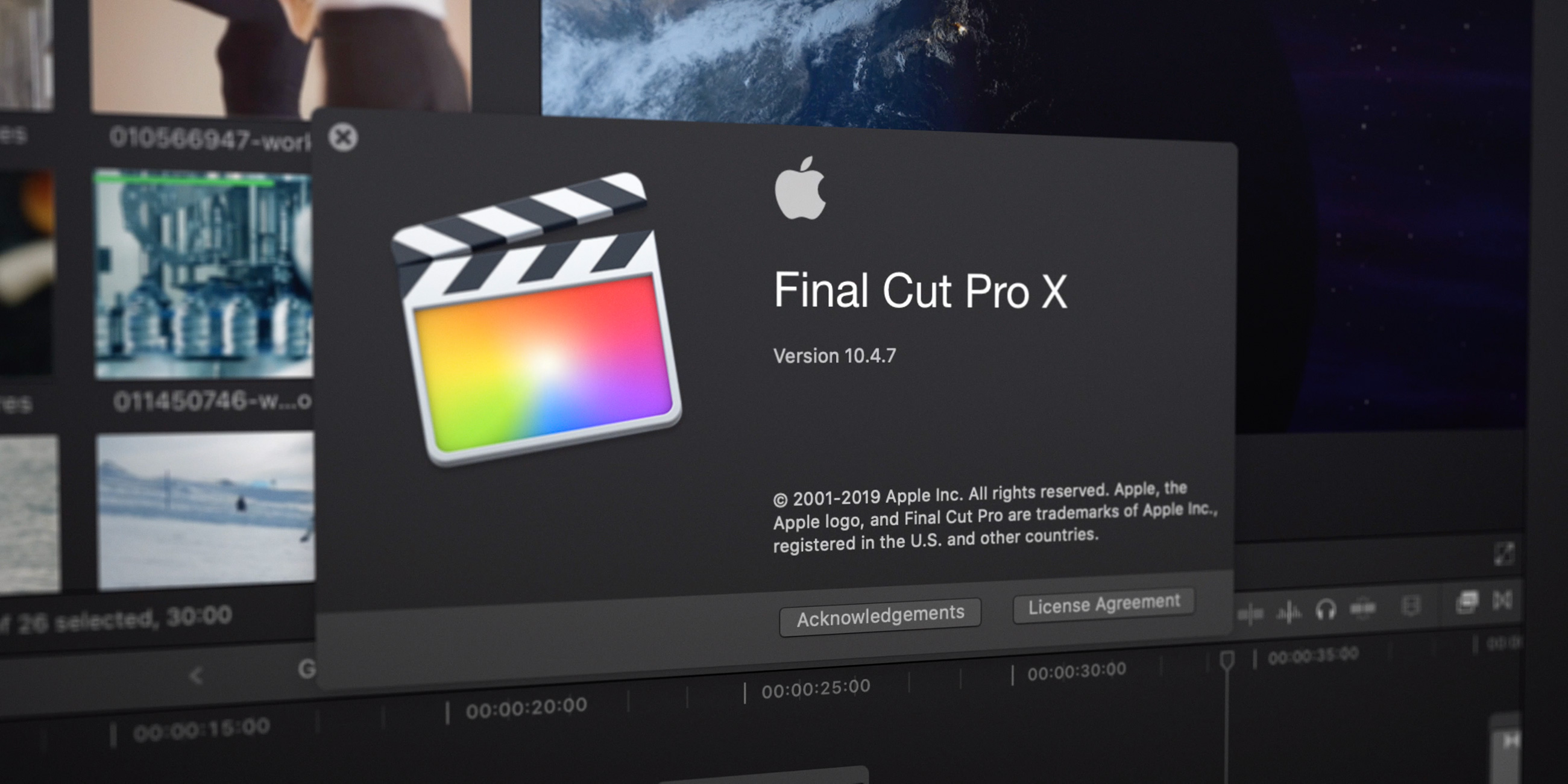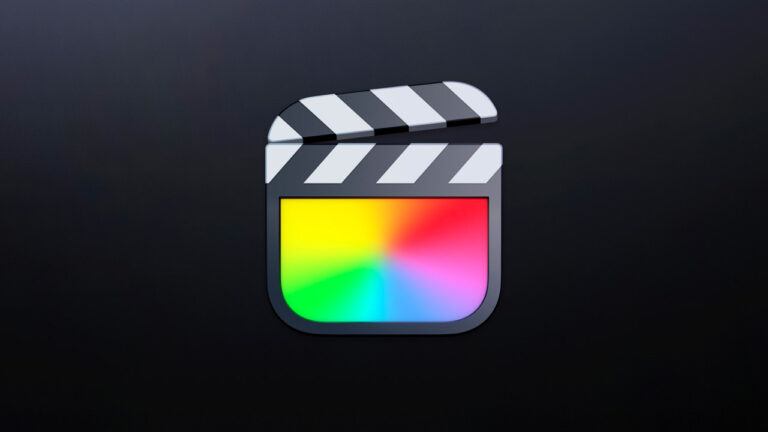We recently took our first look at the brand new Final Cut Pro 10.4.7, an upgrade that brings some very welcome features and tools to one of our favorite NLEs.
One of the biggest things in this release is access to Metal (the graphics processing interface of OS X) all the way through FCP X. This means any Mac should experience greatly improved performance while editing, as the system can bring more graphics firepower to more tasks inside the application.
Where this will really make a huge difference is when you’re running systems with hefty specs, like the new Mac Pro. Those systems will now give to 28 cores of a CPU through Metal, which will improve rendering, effects playback, and exporting in FCP X.
Final Cut Pro 10.4.7 also gives us the ability to choose which GPU we want to use for heavier lifting, like renders and our exports. So, if you’ve got that super-beefy E-GPU, or maybe you’re on the new Mac Pro with one of those MPX modules and Radeon Pro II Duos, you now can use it inside FCP X.
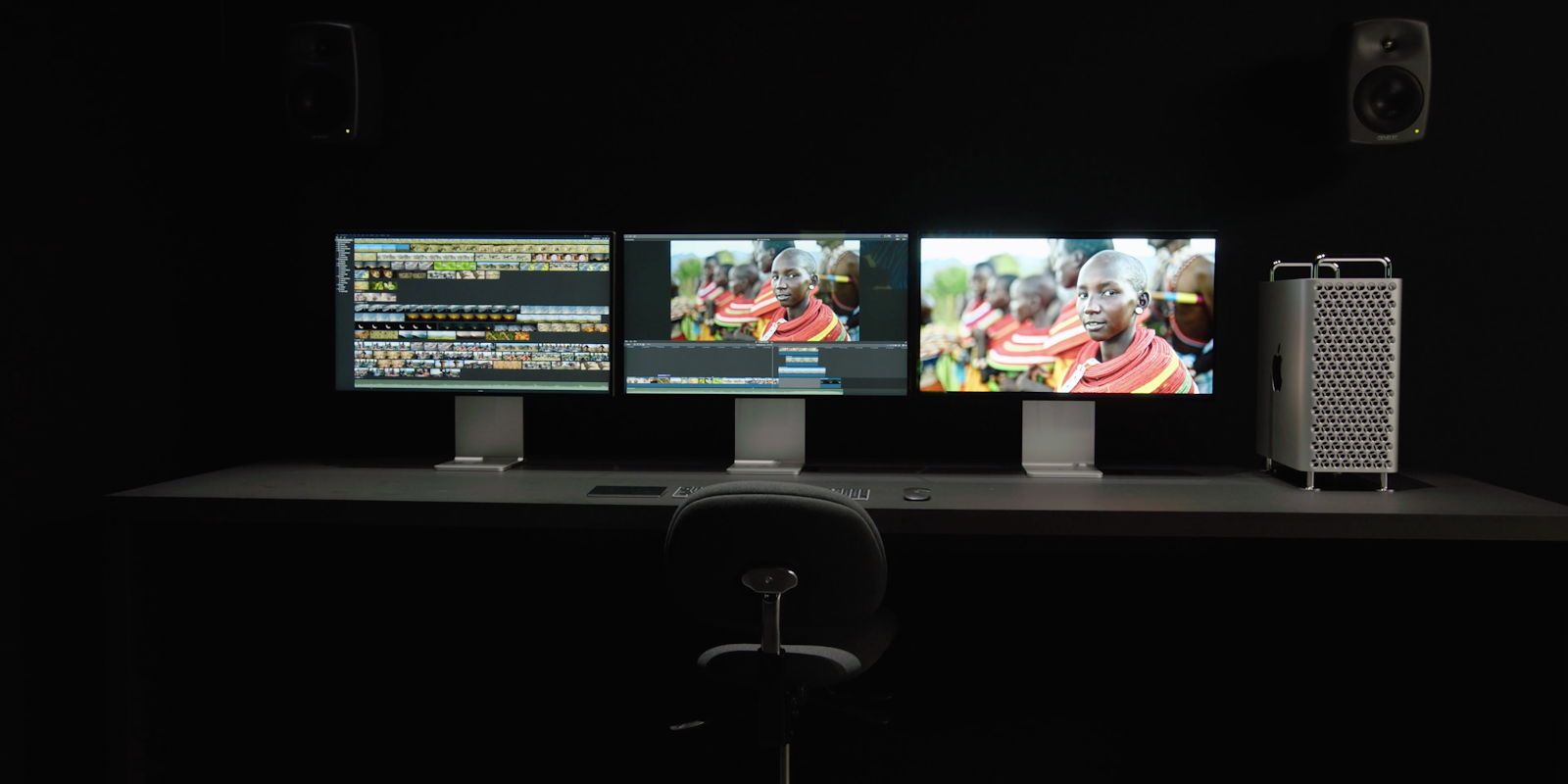
On top of that, OS X Catalina now adds the ability to use Sidecar with FCP X.
Sidecar lets you add your viewer, browser, timeline, or even workflow extensions to an iPad as a second screen, which opens up additional space on your primary monitor.
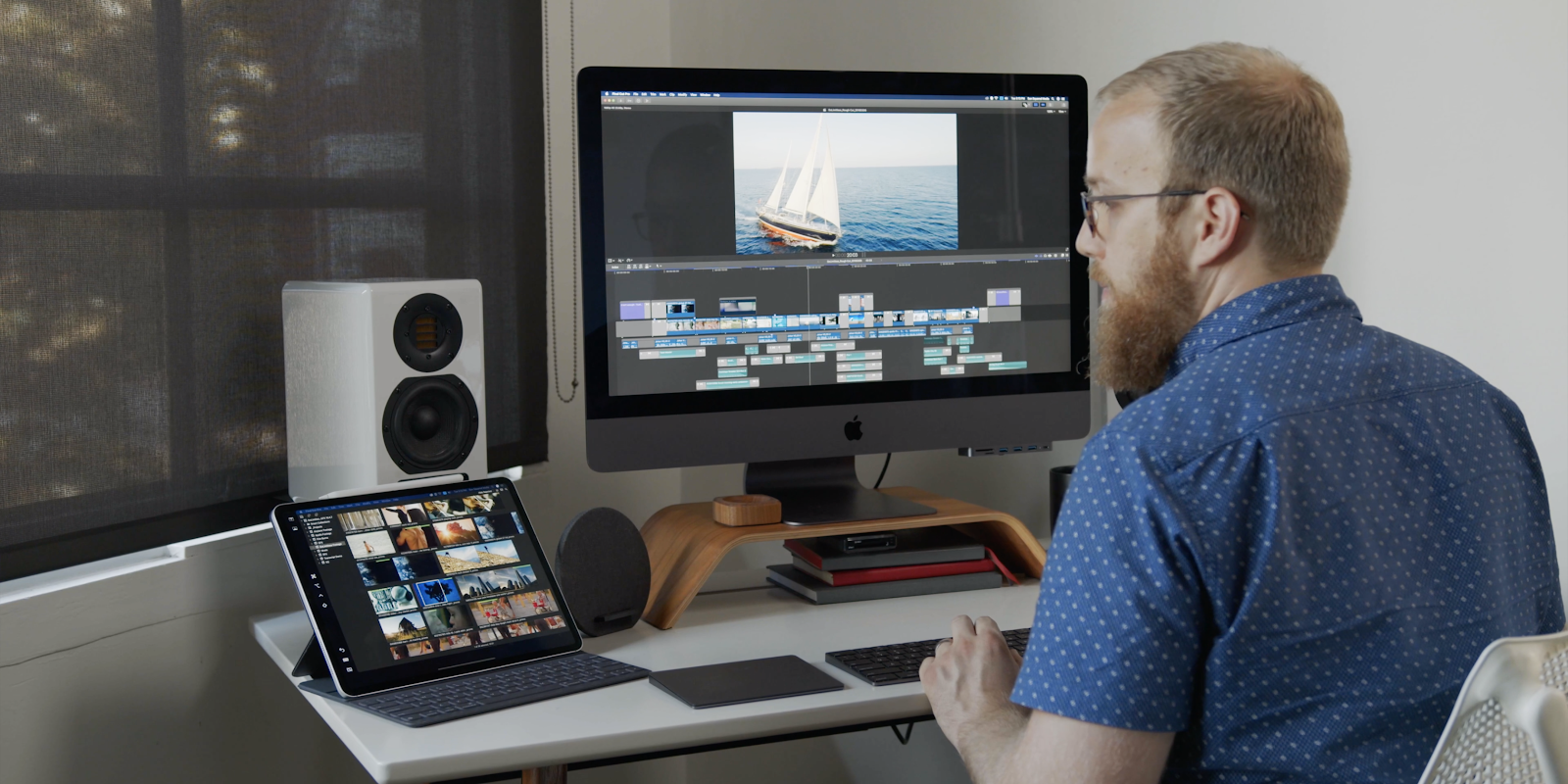
Something fun to note is that you don’t have to just use Sidecar as a secondary monitor. You can, in fact, put the entire FCP X window on an iPad using Sidecar.

This means that as long as you have a computer that’s powerful enough, you can take an Apple Pencil and your iPad and go sit on a couch, and edit in FCP X from an iPad.
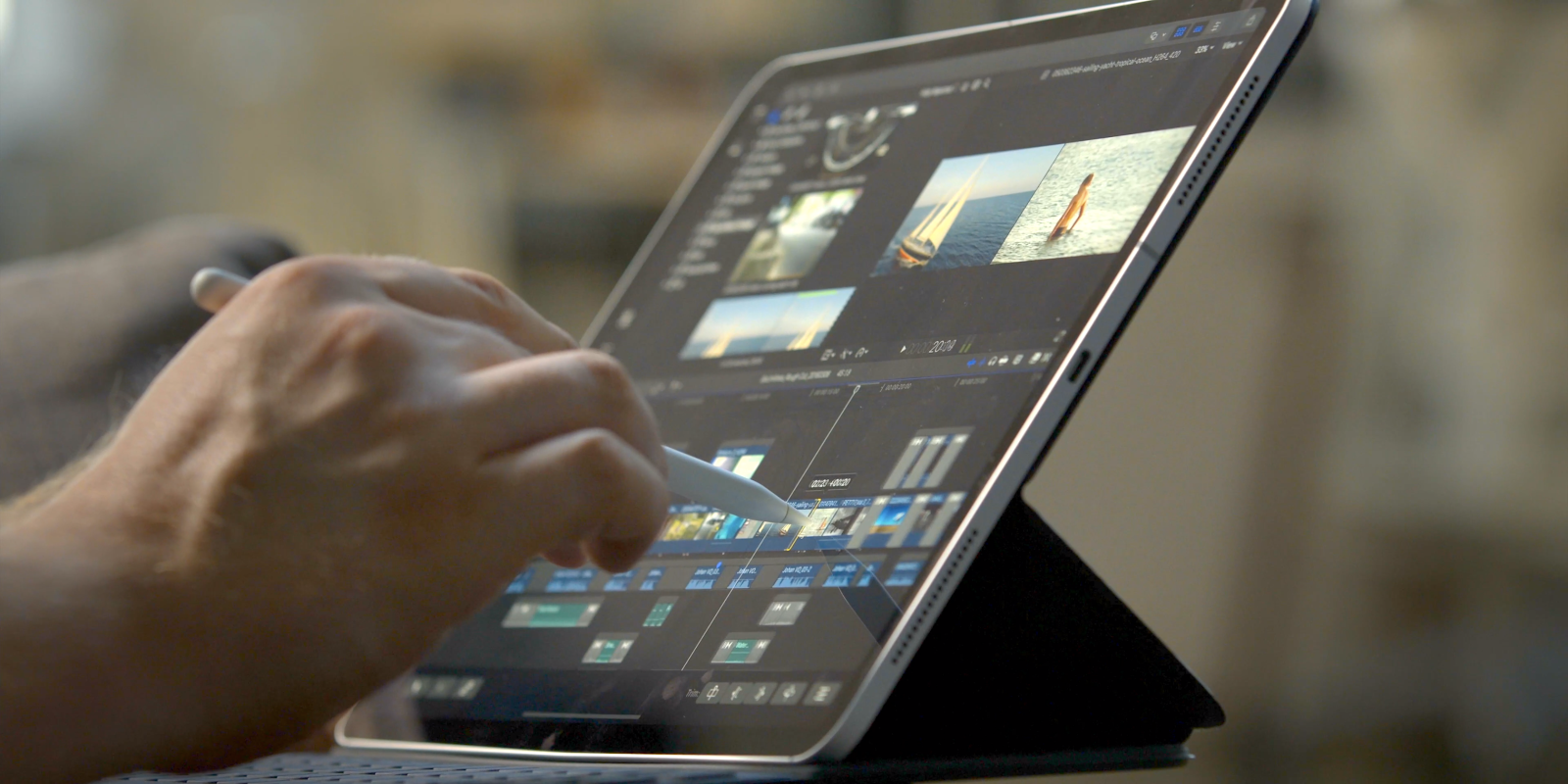
One of my favorite little new things that’s come in 10.4.7 is the fact that when I’m color grading in HDR, I am no longer limited to just an RGB parade or an RGB overlay. I can now actually use my luminance weight forms, which is the primary way that I like to grade.
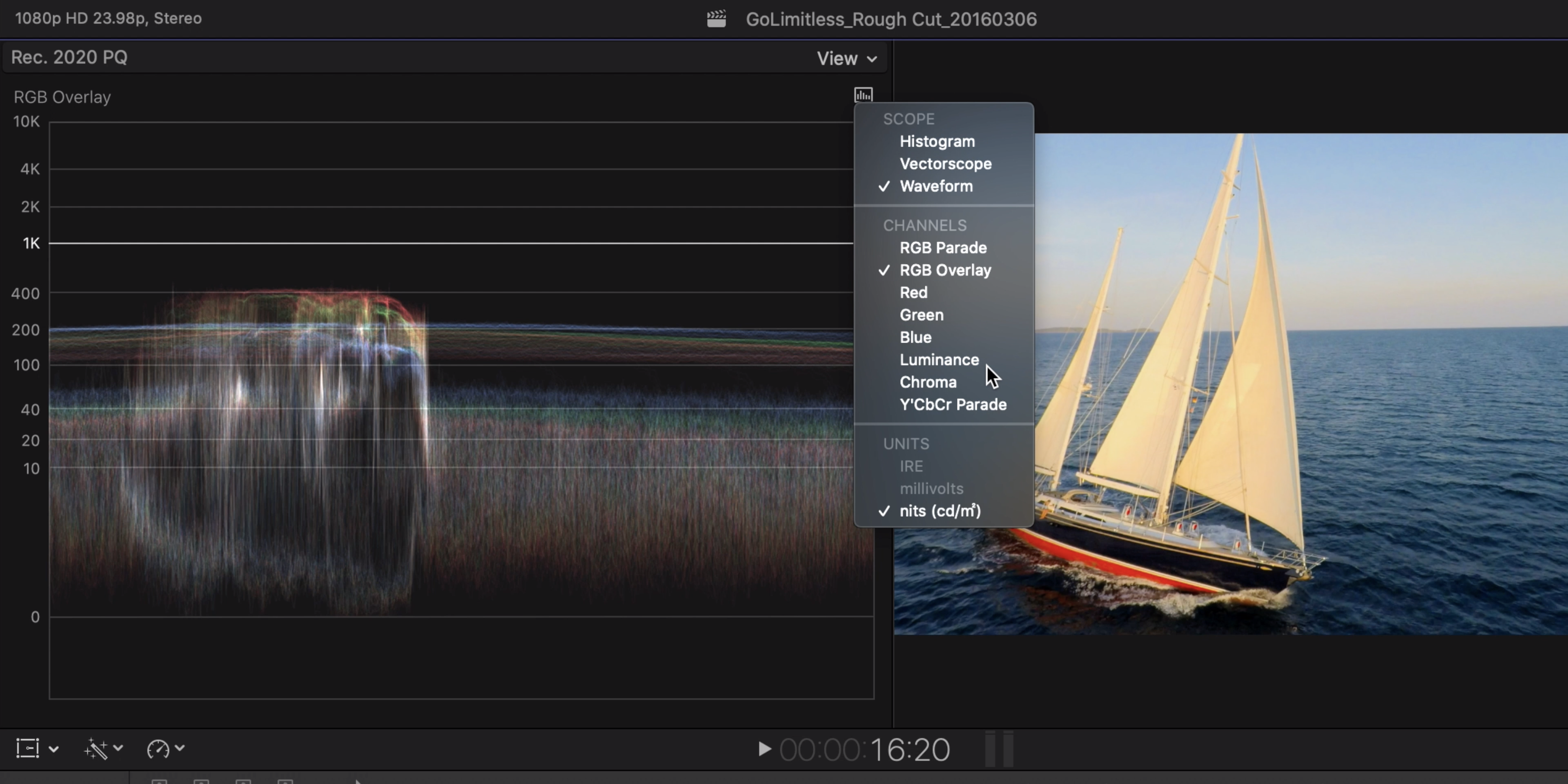
This previous limitation is actually, one of the biggest reasons why I haven’t been doing a whole lot of HDR inside of FCP X, but now it’s much easier and fits my preferences better.
In addition to that tool, I have the ability to view HDR in FCP X as long as I’m on Catalina. That’s right, you’re not limited to SDR. HDR content will now display and playback correctly right inside your viewer.
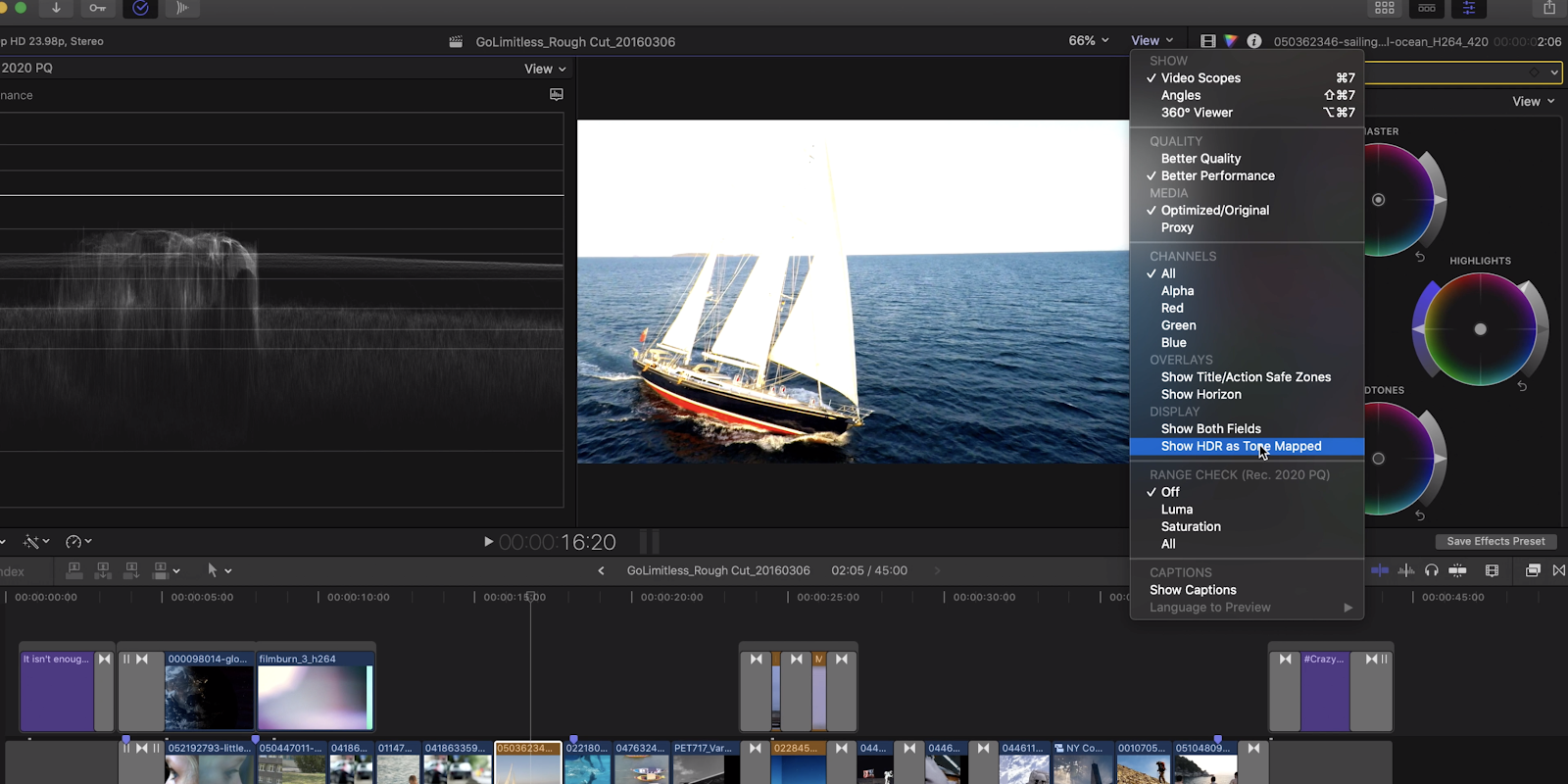
And because of the way that Catalina handles HDR as I change the brightness of my screen, or I change screens, Final Cut will change how it’s mapping the HDR to that viewer.
So instead of being stuck at a thousand nits for monitoring HDR, if I’m dimming my screen or I’m using a different screen that doesn’t support a thousand nits, then I still have the ability to see my standard dynamic range, and then the additional HDR range above that.
Another great tool for working in HDR and Final Cut Pro 10.4.7 is the new HSL color mask.
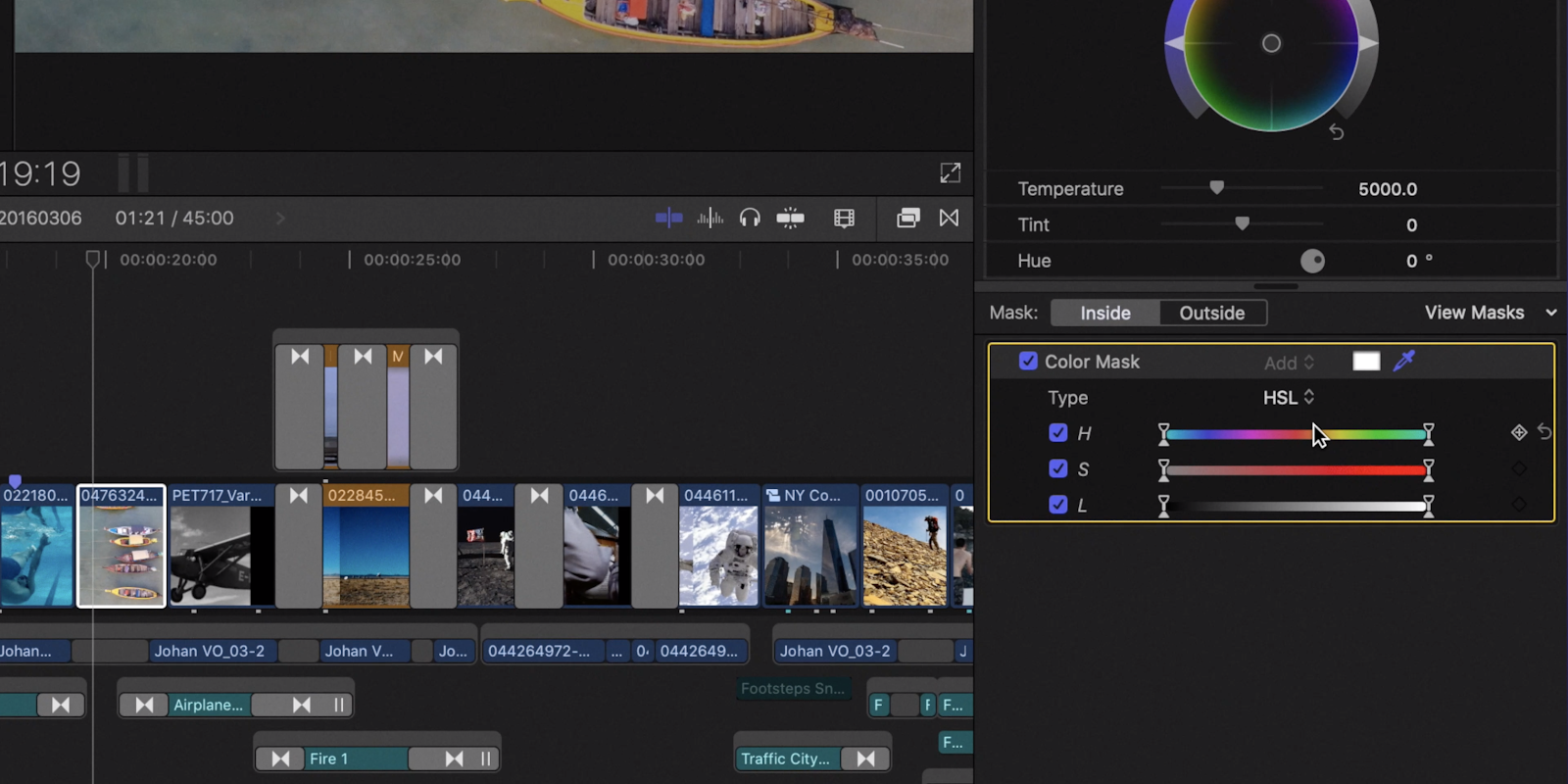
Now for the longest time we’ve been using a 3D color mask. But when you’re working in HDR, something that’s even more helpful is the ability to select what part of the luminance range you want to affect.
The luminance range and the HSL here, will make this significantly easier and it gives you the ability to choose what kind of roll-off you have when you’re making those adjustments.

Now you might say, “But why don’t you just choose curves?”
Well, that’s a great question. With curves, you already get a bunch of flexibility, but this new method gives you some new abilities.
For example, you can select a range and change the contrast within that range using the shadows, mid-tones, and hight-lights controls. That means you can effectively adjust the “shadows, mid-tones, and highlights” of your highlights, if you can imagine that. So we’ve now got a lot more flexibility in controlling an image.
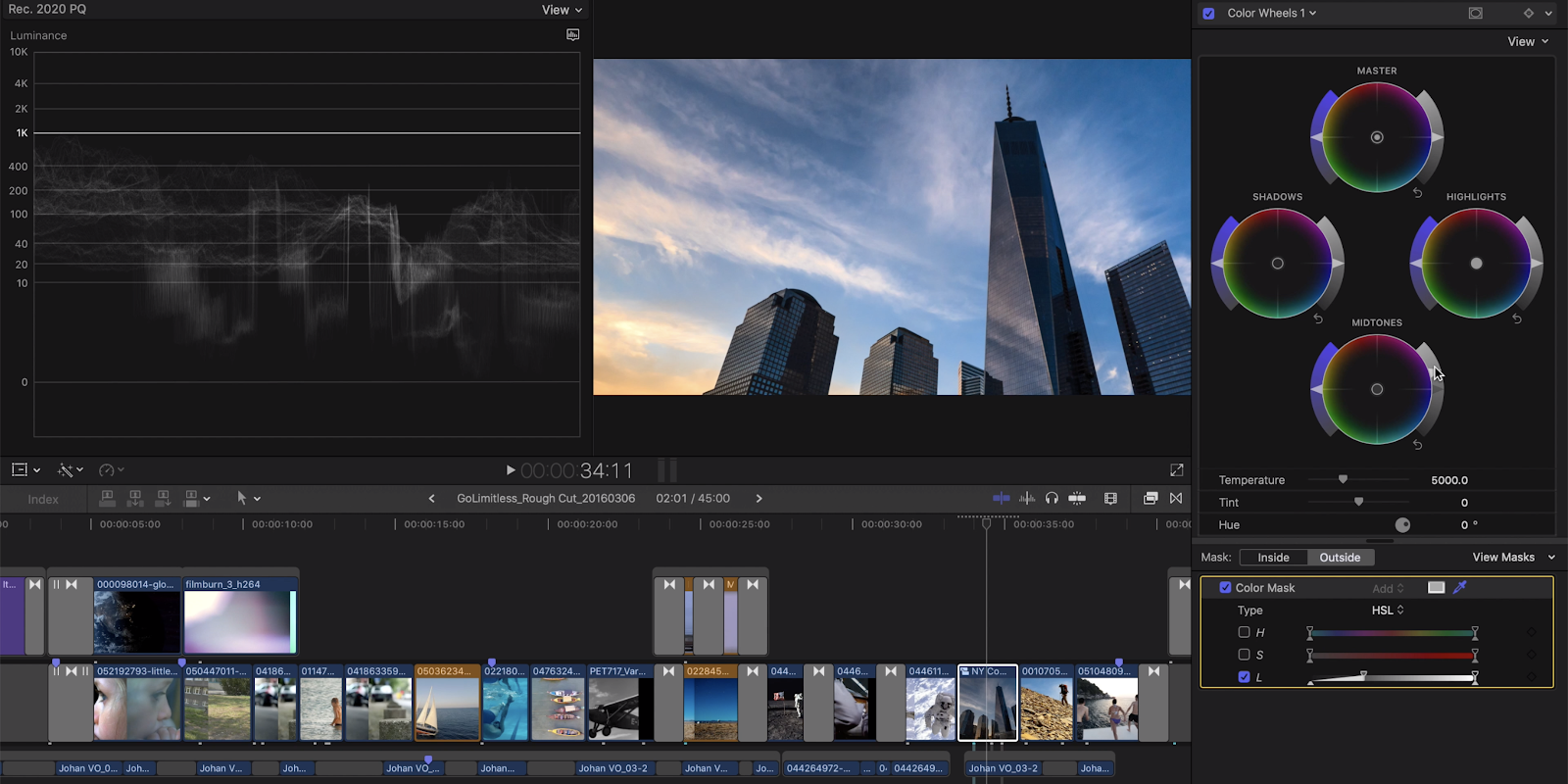
So even though 10.4.7 is not a major feature release, there is a whole lot under the hood that’s going to help us when it comes to general performance and working in things like HDR. We’re excited to see how these new features open up more creative possibilities inside of FCP X.
Have you already upgraded to 10.4.7? If so, what features are you most excited about? Let us know in the comments section below, and stay tuned for more in-depth coverage of the latest and greatest filmmaking tools.

